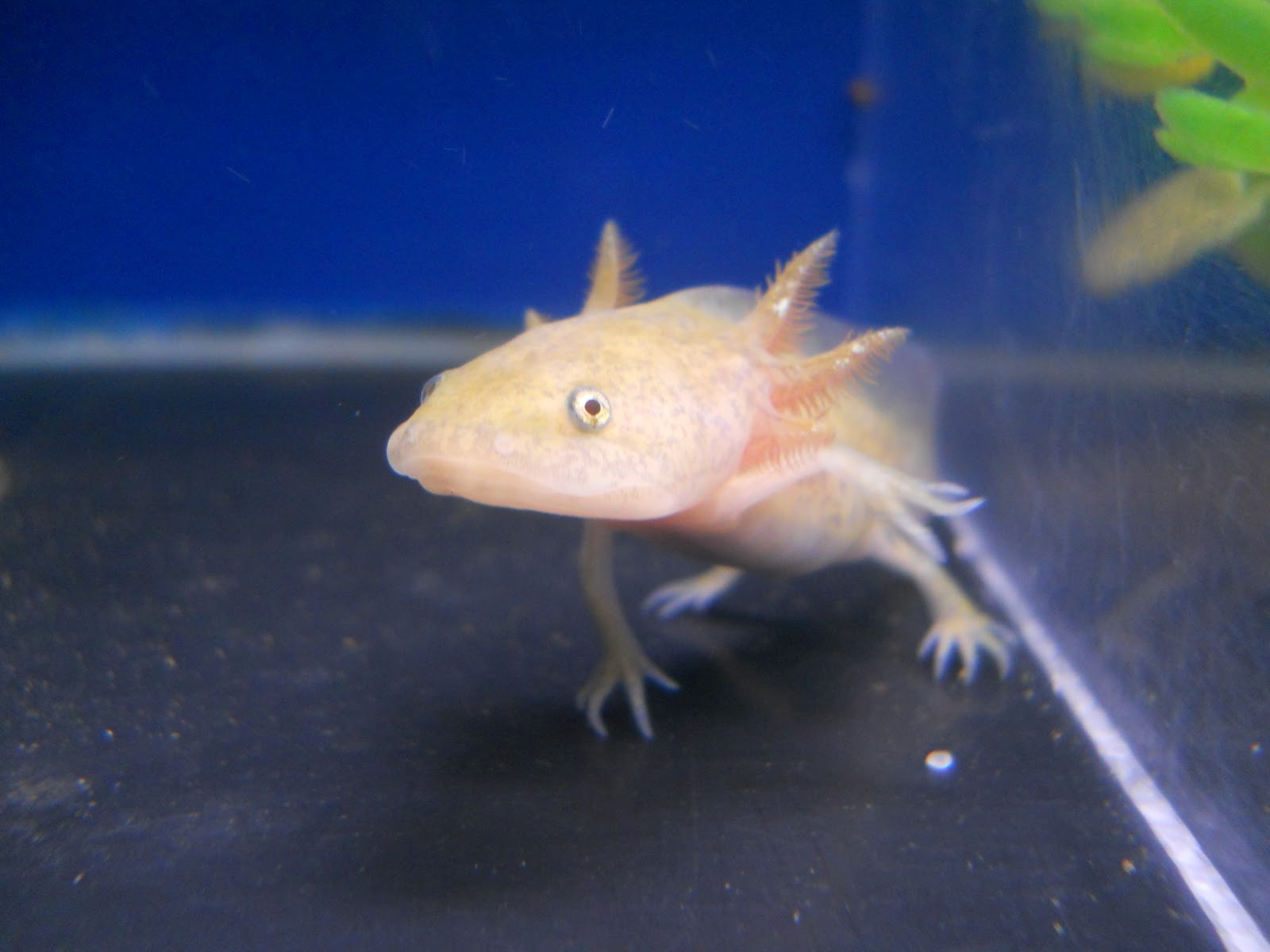The golden leucistic axolotl is a mesmerizing creature that enchants both amphibian enthusiasts and casual observers alike. Known for its striking appearance and unique genetic traits, this stunning variation of the axolotl has gained popularity in the exotic pet trade. These captivating animals are not just visually appealing; they also have fascinating biological characteristics that set them apart from their more common counterparts.
The golden leucistic axolotl is a color morph of the standard leucistic axolotl, characterized by its golden-yellow pigmentation and translucent skin. This unique coloration results from a genetic mutation that affects pigmentation, making them stand out in any aquarium. As a member of the salamander family, axolotls are renowned for their regenerative abilities, but the golden leucistic variety brings an added layer of intrigue with its vibrant appearance.
For those considering adding a golden leucistic axolotl to their aquatic family, it’s essential to understand their care requirements and unique traits. From their habitat needs to their dietary preferences, these amphibians require dedicated attention to thrive. In this article, we will delve into the world of the golden leucistic axolotl, exploring its characteristics, care, and the reasons behind its growing popularity.
What Makes the Golden Leucistic Axolotl Unique?
The golden leucistic axolotl is a stunning example of nature's diversity. Its beauty lies not only in its golden hue but also in its physical features and genetic makeup. This section will explore the key aspects that make the golden leucistic axolotl stand out from other axolotl varieties.
How Does Genetic Mutation Affect Their Coloration?
The golden leucistic axolotl's striking coloration is the result of a specific genetic mutation that alters the production of melanin in their skin. While leucistic axolotls typically have a pale pink or white appearance with dark eyes, the golden variant has a warm hue that can range from soft yellow to a deeper gold. This mutation allows for a more unique and vibrant appearance, making them highly sought after in the pet trade.
What Are Their Physical Characteristics?
- Translucent skin with a golden hue
- External gills that resemble feathery appendages
- Wide, flat head with a distinct smile
- Limbs that are short but powerful for swimming
What Are the Care Requirements for Golden Leucistic Axolotls?
Caring for a golden leucistic axolotl requires a commitment to creating an appropriate habitat and providing a balanced diet. Here are some essential care tips to ensure these unique creatures thrive in captivity.
What Kind of Habitat Do They Need?
Setting up an ideal habitat for your golden leucistic axolotl involves several crucial factors:
- Tank Size: A minimum of 20 gallons is recommended for one axolotl, with additional space for each additional axolotl.
- Water Quality: Maintaining clean, cool water (around 60°F to 68°F) is essential, as axolotls are sensitive to temperature changes.
- Substrate: A bare-bottom tank or fine sand substrate is ideal to prevent ingestion of harmful materials.
- Filtration: Ensure the tank has a gentle filter to keep the water clean without creating strong currents.
What Should Their Diet Consist Of?
The golden leucistic axolotl's diet is crucial for its health and vitality. Some dietary options include:
- High-quality pellets specifically formulated for axolotls
- Live or frozen foods such as bloodworms, brine shrimp, and earthworms
- Occasional treats like small fish or shrimp
Are Golden Leucistic Axolotls Endangered?
While the golden leucistic axolotl is not classified as endangered, the species as a whole faces significant threats in the wild. Habitat destruction, pollution, and the introduction of invasive species have severely impacted their natural populations. Conservation efforts are underway to protect these remarkable creatures and their environments.
What Conservation Efforts Are Being Made?
Organizations and researchers are actively working to preserve the natural habitats of axolotls. Initiatives include:
- Habitat restoration projects to improve water quality and ecosystem health.
- Captive breeding programs to increase population numbers.
- Educational campaigns to raise awareness about the importance of preserving native species.
Can You Keep a Golden Leucistic Axolotl as a Pet?
Keeping a golden leucistic axolotl can be a rewarding experience for both beginners and seasoned aquarists. However, it is essential to be aware of the responsibilities that come with pet ownership.
What Should You Consider Before Getting One?
Before bringing a golden leucistic axolotl home, consider the following:
- The size of your aquarium and its setup.
- Your ability to maintain water quality and temperature.
- Your commitment to providing a proper diet and care.
Are They Suitable for Beginners?
Golden leucistic axolotls can be suitable for beginner aquarists, provided they are willing to learn about their specific needs and commit to regular care. Their hardy nature and manageable size make them an excellent choice for those new to keeping aquatic pets.
In conclusion, the golden leucistic axolotl is an awe-inspiring creature that captures the hearts of many. With their unique coloration, fascinating biology, and the responsibility that comes with their care, these amphibians are a remarkable addition to the world of exotic pets. Whether you are an experienced aquarist or a newbie, understanding the needs and traits of the golden leucistic axolotl is crucial for fostering a healthy and thriving environment for these enchanting beings.
Article Recommendations


